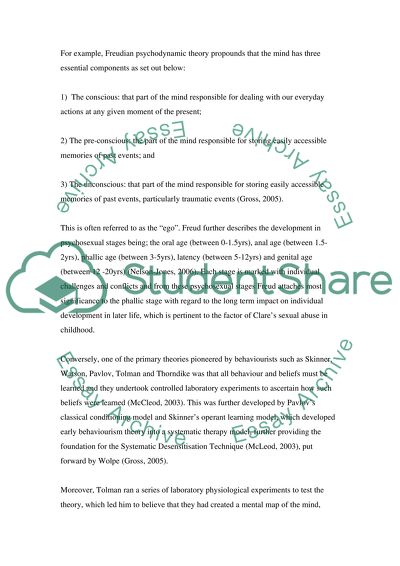Cite this document
(“Awareness of cognitive behavioural therapy Coursework”, n.d.)
Awareness of cognitive behavioural therapy Coursework. Retrieved from https://studentshare.org/psychology/1533182-awareness-of-cognitive-behavioural-therapy
Awareness of cognitive behavioural therapy Coursework. Retrieved from https://studentshare.org/psychology/1533182-awareness-of-cognitive-behavioural-therapy
(Awareness of Cognitive Behavioural Therapy Coursework)
Awareness of Cognitive Behavioural Therapy Coursework. https://studentshare.org/psychology/1533182-awareness-of-cognitive-behavioural-therapy.
Awareness of Cognitive Behavioural Therapy Coursework. https://studentshare.org/psychology/1533182-awareness-of-cognitive-behavioural-therapy.
“Awareness of Cognitive Behavioural Therapy Coursework”, n.d. https://studentshare.org/psychology/1533182-awareness-of-cognitive-behavioural-therapy.


